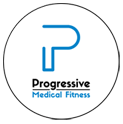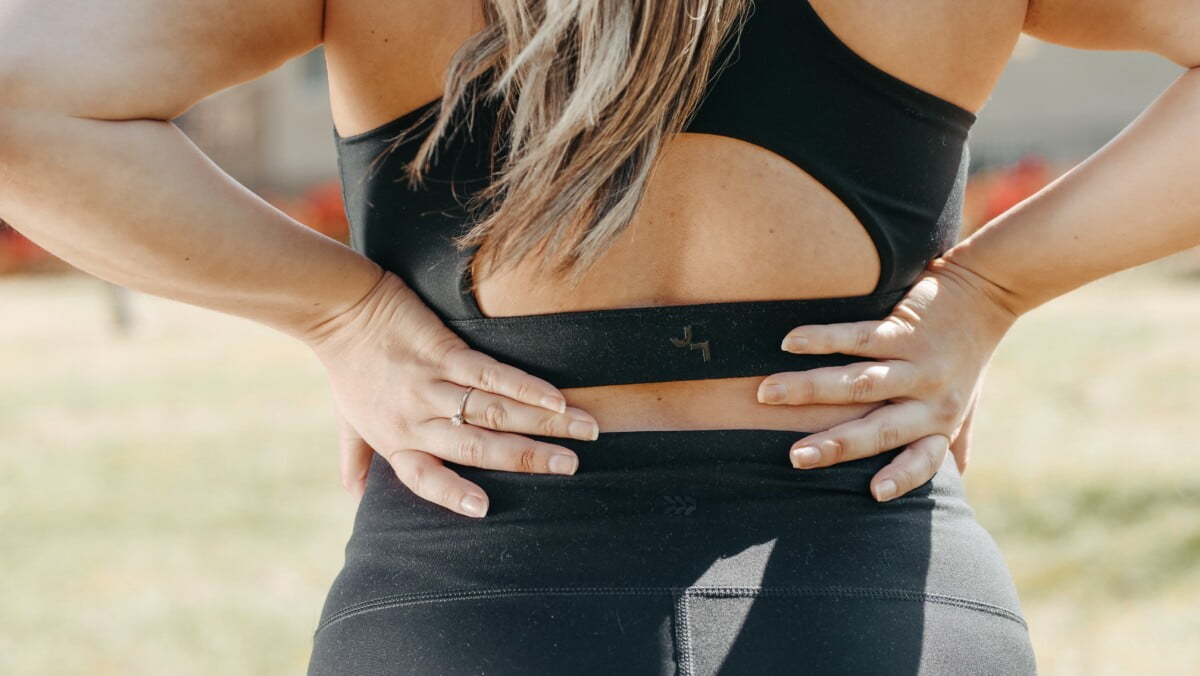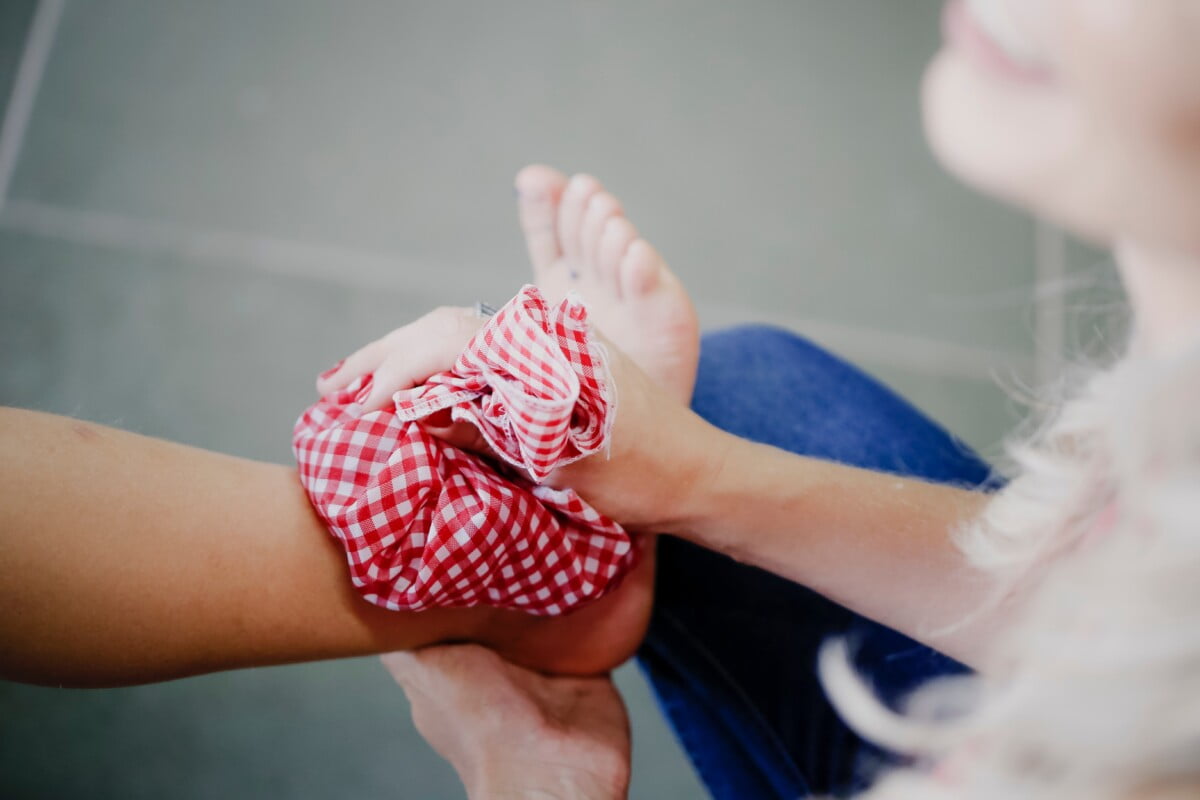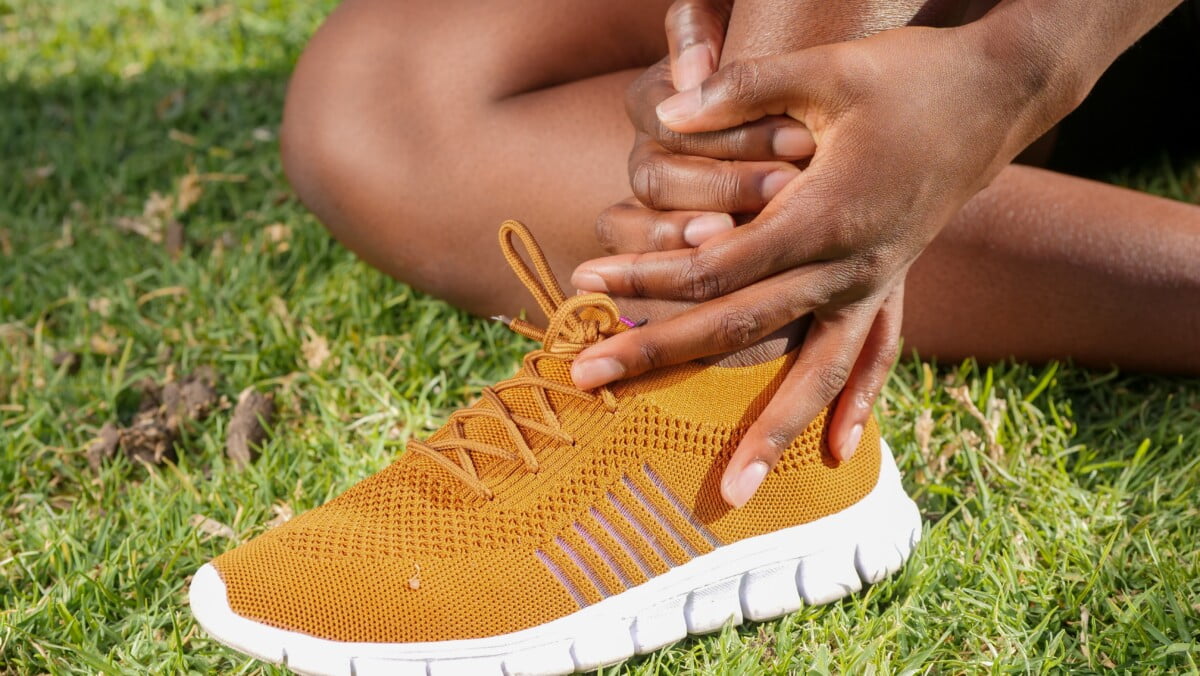Tips to reduce low back pain throughout the day
Welcome to the topic, “Tips to reduce low back pain throughout the day“.
There are ways of reducing low back pain without depending on drugs or surgery. However, there are always exemptions, and your condition may vary and require more than the tips below to reduce your low back pain. Below is a list of the top tips to reduce low back pain throughout the day.
1. Posture
The posture that you have and move with is an important influence on your low back pain. The worse your postural alterations are, the more pressure your lower back has to take. Also if your posture indeed has your hips tilted a lot in any direction the more your constricted lower back will be.
2. Ergonomics
When are you seated for long periods it’s essential to make sure that the things around you support you instead of harm you. Comfortable things such as having your monitor at the level of the eye when you are at work on your computer and having a chair with a proper height are important to reducing lower back pain.
3. Stability Ball
One of the most pleasing things you can do for your posture as well as to reduce your lower back pain is to use a stability ball for seating in places where you use to sit for long periods. A stability ball is a comfortable chair as it forces your core to trigger and keeps you steady as you sit on it. It also assists in movement as you can carelessly bounce on the ball as you sit on it and read or work at the same time.
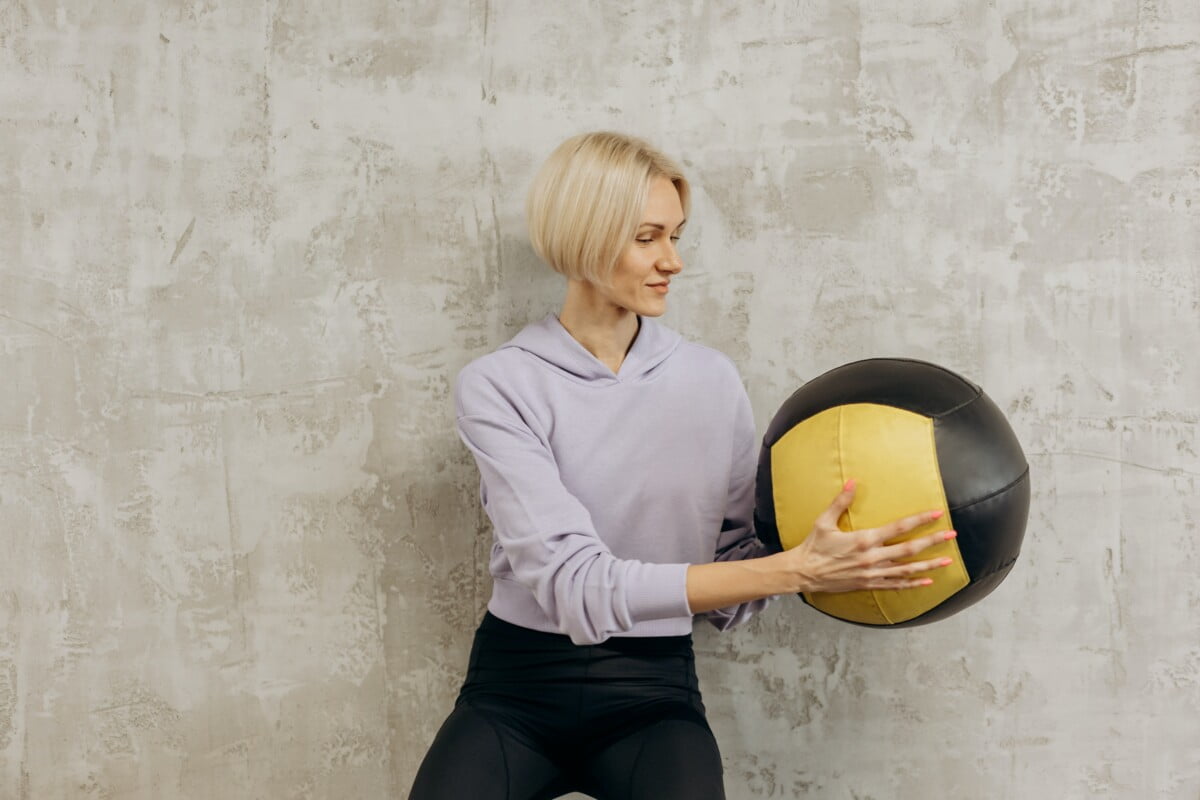
4. Proper Lifting
How you lift something can easily mark your lower back. The rule of lifting with your legs and not your back still relates. When having to lift bulky and heavy objects, do whatever you can to bend down and lift pushing with your heels to the balls of your feet and not load just your lower back. Lifting mishaps are a leading cause of low back pain and should always be controlled with care.
5. Drink Water
Water may not be the primary thing to come to thoughts when it comes to having a healthy lower back but consider this, your body needs a lot of hydration to support the normal healing process. If you are dehydrated at all then you are depriving your body of its own influential natural healing abilities. Many people who have lower back pain may have had a low back injury. Drinking plenty of water can assist you to speed up the healing process.
6. Lose Weight
Excess weight is excessive stress on all of the joints. Your lower back is one of the places where stress is manipulated the most. Getting to and sustaining a healthy weight will help you to feel a great reduction in your low back pain.
7. Exercise Regularly
Staying dynamic is essential to keep a healthy back. Without consistent exercise, the power of your muscles quickly deteriorates and the feebler muscles tend to tighten up and result in pain. Exercise is a good way to keep your body mobile and loose and can play a great role in reducing your lower back pain.
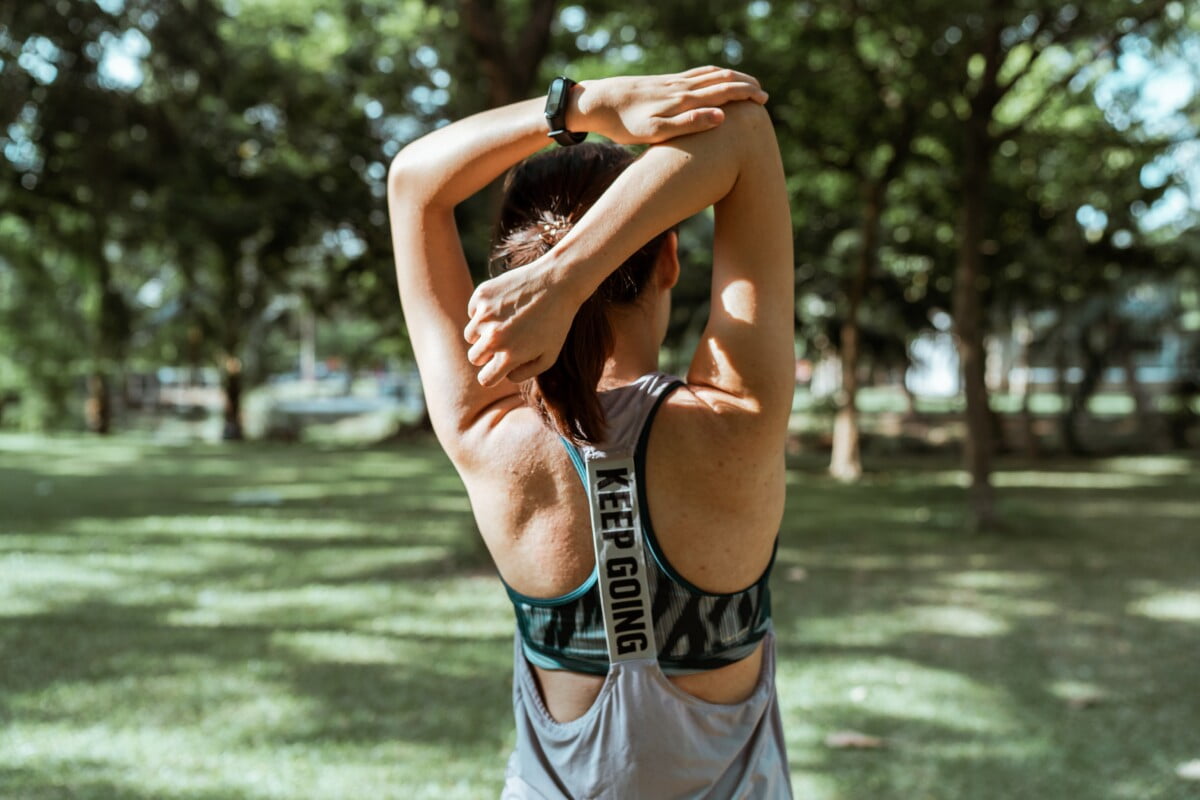
All of these tips will help you a lot in reducing your pain and maintaining the health of your lower back. Aside from these seven tips, many people have lower back pain because of muscle discrepancies that are caused because of our new lifestyle. Once you state those muscular imbalances that are resulting in your pain, then you can start feeling real relief and these tips will be important to maintain the health of your lower back.
Keep visiting for more tips and solutions to health problems.
